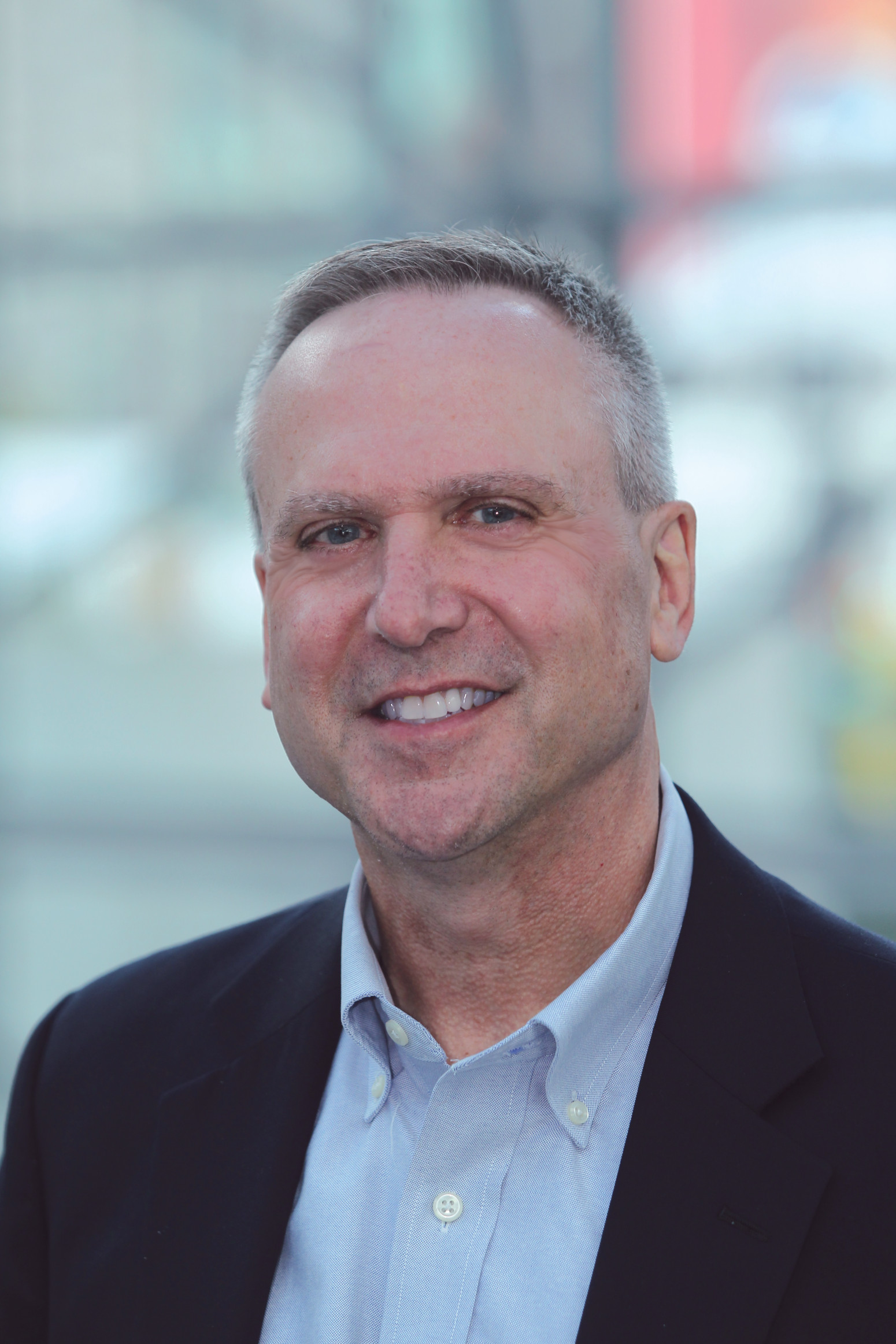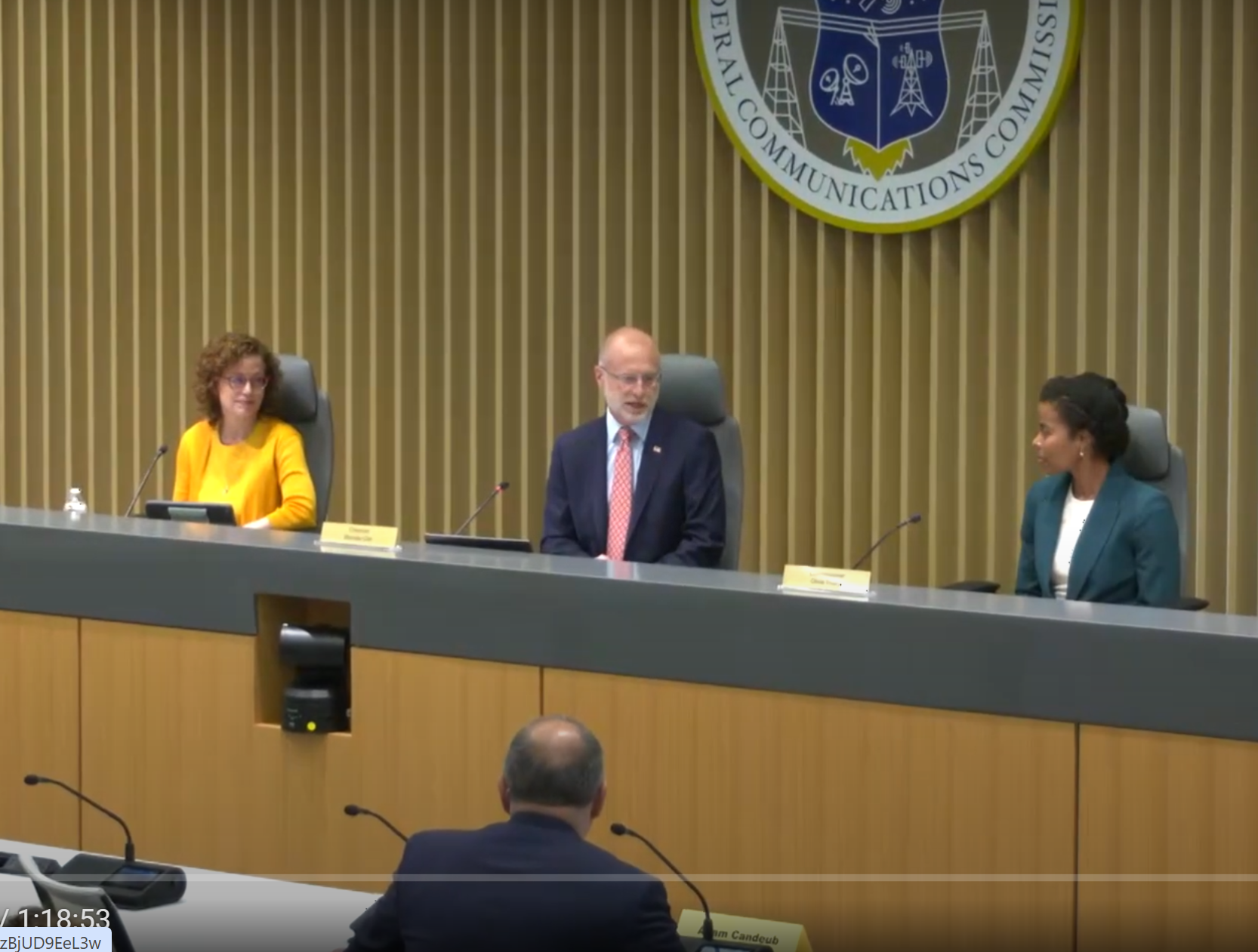ATSC's New VP of Standards Development Touts 3.0's Global Potential
A chat with Luiz Fausto and ATSC President Madeleine Noland about the standard's future
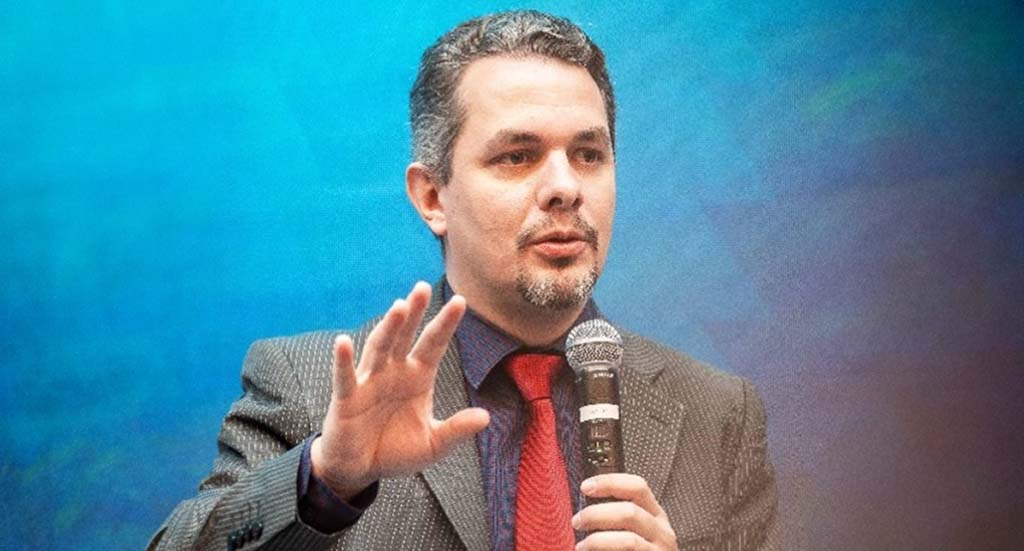
As part of its mandate, the Advanced Television Systems Committee—the U.S. organization tasked with developing advanced broadcast TV standards—promotes ATSC 3.0 as a global standard. Promoted in the U.S. as “NextGen TV,” 3.0 has been adopted by S. Korea, Jamaica, Trinidad & Tobago and is also being tested in India and Canada. In the U.S., approximately 76% of U.S. households are within reach of a 3.0 signal.
One year ago this month, Brazil announced that it was adopting the “physical layer” portion of the standard for its “TV 3.0” advanced TV standard (the physical layer defines how data is transmitted over a 3.0 signal).
The decision to adopt a key part of the 3.0 standard is expected to have a significant impact on global adoption of the standard, as Brazil is not only one of the world’s most populous countries with the largest economy in Latin America, it also has a comparably larger portion of consumers who view TV over the air than in other countries that have adopted 3.0.
The ATSC’s close ties with Brazil was brought into sharper focus recently with the announcement that Luiz Fausto, a former tech executive with Globo TV, Brazil’s largest TV network, will be the new vice president of standards development for the ATSC. Fausto, who was most recently Globo’s technology regulatory specialist, was also technical module chairman of the Sistema Brasileiro de Televisão Digital (SBTVD) Forum, which made the final recommendation to the Brazilian Ministry of Communications that resulted in the adoption of 3.0. Fausto is succeeding Jerry Whitaker, who served in the position for 25 years and is stepping down in August.
Fausto will oversee standards development processes, guide industry adoption and foster relationships with global stakeholders, the ATSC said in its announcement earlier this month.
TV Tech recently spoke with Fausto and ATSC President Madeleine Noland about his new duties. Here is an edited transcript:
TV Tech: Congratulations on your new position, why did you apply?
Luiz Fausto: That's a good question. Well, maybe the best point to consider is that ATSC has a great potential for reaching many countries. I was previously working with the SBTVD Forum, which standardized digital TV for Brazil and for Brazil only. But that doesn't prevent other countries from adopting the same standards, and the SBTVD Forum promotes that.
The professional video industry's #1 source for news, trends and product and tech information. Sign up below.
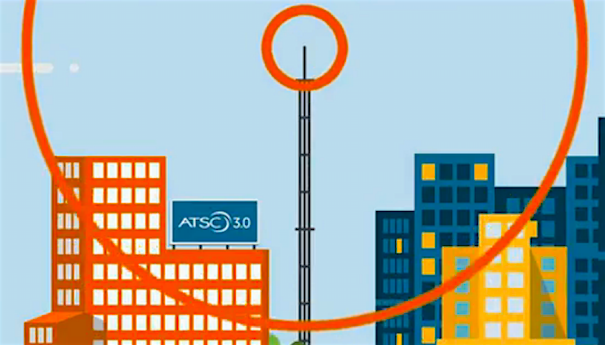
But the Forum does not have its own representative of other regions or other countries—it's basically focused on Brazil. As we got to know the ATSC 3.0 candidate standard as the most flexible and powerful set of technologies, I personally believe it has the potential to reach many other countries and territories—as it did with Brazil—because the way the system was conceived and designed is an extensible way; it's designed to evolve over time and to accommodate future evolutions. It’s such a flexible toolbox that we can make it fit with the different requirements that different countries may have for the future of digital terrestrial television. So that's what's most exciting about joining ATSC, the opportunity of bringing this evolution to countries other than Brazil.
TVT: You have some big shoes to fill. How will you be able to continue the excellent work done by your predecessor?
LF: I think ATSC has done a very good job in designing a very powerful and very flexible system, and also very efficient in terms of spectrum usage and energy usage, and these things are really important these days.
But the current issue I see with ATSC 3.0 is that many countries consider this to be a standard for the United States and not, for example, a ‘global standard.’ It’s a pity that digital television didn't evolve in such a way that it converged worldwide to a single framework of systems.
So we have different families of systems around the world, but I do believe ATSC has a lot of potential because of the way it was designed. Of course, the system will continue to evolve over time, but I’d like to make this system and its characteristics and features known to different countries, and also to listen to them and understand what are their requirements, so that we can use the flexibility of 3.0 to provide, for example, a tailored solution for them.
It’s a pity that digital television didn't evolve in such a way that it converged worldwide to a single framework of systems."
Luiz Fausto
TVT: Madeleine, how impressed were you with Luiz? And what does bringing him onboard say about the ATSC’s efforts to promote 3.0 as a global standard?
Madeleine Noland: Luiz was the most qualified candidate, and he has a terrific enthusiasm for what ATSC is. He has a great understanding of how standards development is done and how the international standards development community operates. He's already well known on the international stage, so we found in Luiz the strongest candidate among, quite frankly, a lot of really, really, really good candidates, it was not an easy choice.
The fact that Luiz is coming out of Brazil certainly does make a strategic statement. And it's a testament to the entire hiring team that we would look at candidates who are not from the United States. It wasn’t a strategic move to specifically look for someone outside of the United States, but I think that it's an indication of the way ATSC sees itself, that we would entertain candidates from outside of the United States. I think there might have been a time in the organization when they would not have, but Luiz is our guy.
TVT: Luiz, what would you say is your top priority over the next 12-18 months?
LF: I still have a lot to learn but I'll be lucky enough to work in parallel with Jerry for a month while he's still full time at the ATSC. I have to learn about the inner processes and I hope that I can add to that with some international experience and how to approach the international standardization community and potential adopting countries over time.
TVT: You were heavily involved in evaluating ATSC, 3.0 for Brazil’s TV 3.0. What was it about the evaluation process that made you interested in seeking out this new position?
LF: Yes, it was a long process that is still ongoing in a sense; not the technology selection, but now the process of publishing the standards and the regulations. But it was a process that we started formally in 2020 and Brazil decided to open an international call for proposals. And this call for proposals was designed in such a way that we would receive proposals for our candidate technologies for each of the system components.
So we designed an architecture of the system and the set of requirements for each component; then we would evaluate candidate technology, more or less separately for each component. We were aware that this strategy would potentially result in a system that would be a mix and match of different systems
But we also needed to make sure that these components worked together as a system and at that stage we didn’t expect that one particular system would be dominant over the majority of components but somehow it ended up happening with ATSC.
Of course, we had the opportunity to because the original 3.0 standard is about eight years old but has kept evolving over time. For example, when it was designed for the United States and South Korea, the best video codec available at the time was HEVC and nowadays the best codec available is VVC.
But as I said, we could have ended up having a system so blended with a mixture of different systems that it could not be easily identifiable as a variety of one system, it could be a different thing with a different set with an independent set of technologies. But it was a good surprise that most components were selected from the original ATSC proposal, and it made our lives easier in the sense of making sure the components work together as a system, because we had only to replace a few things.
It was not only the technical standards that we were evaluating; we were doing real laboratory and field tests with the candidate technologies and ATSC proved to have excellent performance and it ended being selected for the majority of the components in such a way that the SBTVD Forum is looking to establish a stronger partnership with ATSC to keep the evolution of this system harmonized from now on with ATSC.
We see TV 3.0 as a variant of ATSC 3.0 that we want to harmonize with the global ATSC 3.0 standard. And that's how I see ATSC 3.0 going forward: not as a closed box where you would need to choose everything or nothing, but flexible enough to accommodate small variations within the same framework and still be seen as a single family of standards.
If you look for example, at DVB T and DVB T2, there are many variants of DVB-T and DVB T2 used in different countries, in Europe and so on.
TVT: Madeleine, how has the role of VP of Standards Development for ATSC evolved over time?
MN: The role has always required a certain range of talents. And by that, I mean it's not so easy to find people like Jerry and Luiz who, on the one hand, can prepare documents and check the formatting and dot the i's and cross the t's, and on the other hand, can think strategically and get in front of audiences and promote the standard and think “big picture.”
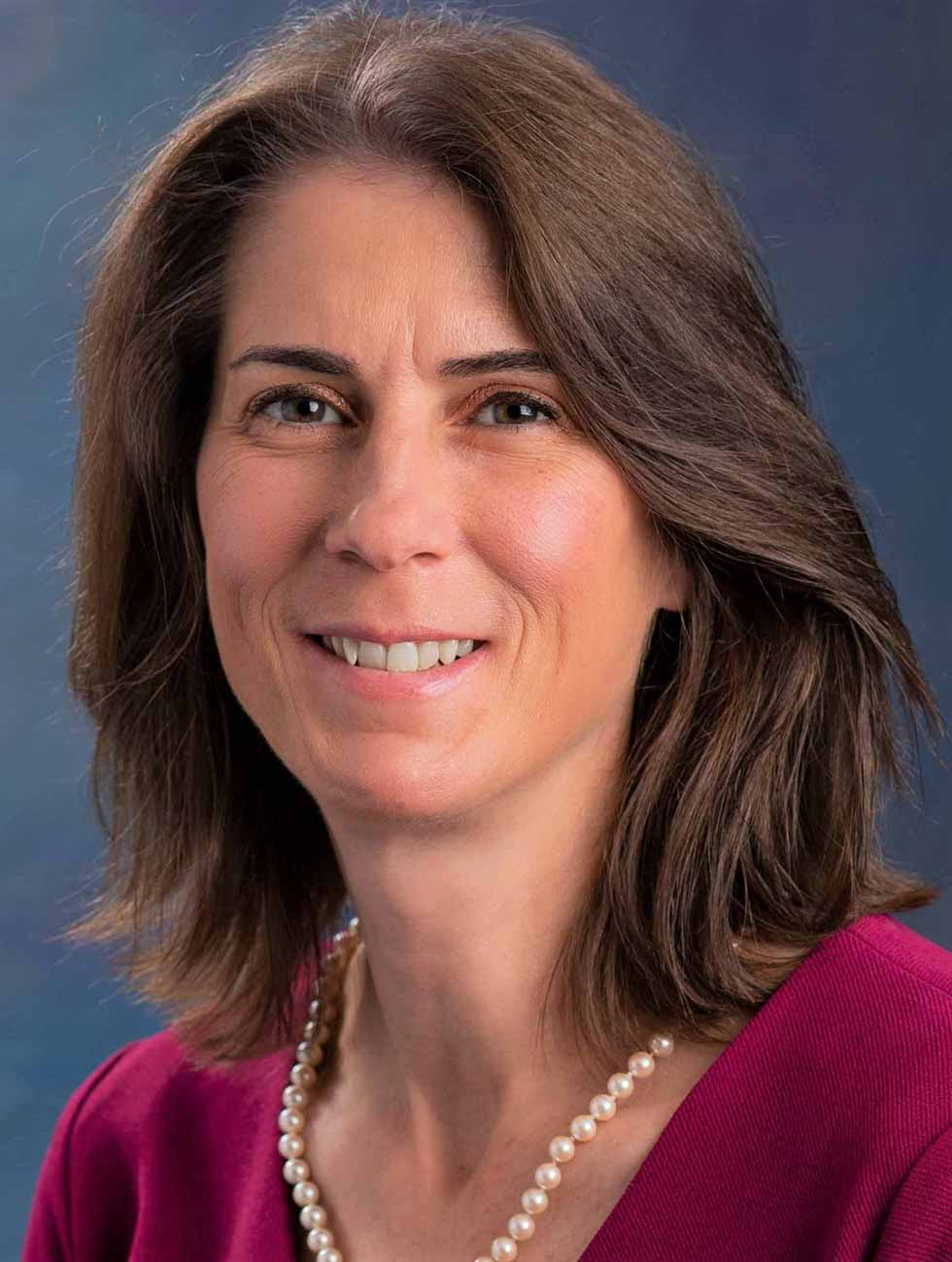
It's really hard to find a person who's interested and capable of fulfilling that range of tasks. And we've been very lucky with Jerry, and we're very lucky again with Luiz, to find someone who can do those things. So that aspect of the role has not changed, but the technology that lives underneath it has. The processes by which standards are being developed is changing. What is the role of AI in standards development going forward? That's something that's on ATSC's strategic roadmap right now.
Are we going to think about this as a very flexible standard where you've got a toolbox of things; the DVB project has been doing that for many, many years, but ATSC, not so much. I think that the job has definitely changed, but I think the underlying need for a person who can know the intricate details of a Microsoft Word document all the way to understanding the big picture remains the same. And we were lucky to have Jerry for some 25 plus years, and I can just see Luiz picking up where Jerry left off.
TVT: Madeleine, what will be in the stack of papers you hand to Luiz on his first day on the job? What big projects do you expect him to be working on first?
MN: We have quite a number of active groups, and I would say that there are a few projects that stand out over the others. There's a couple of aspects to this—what is actually being worked on in the groups and then the other question is, how do the groups get work done?
So in terms of what the groups are actually doing, I think that there are some really interesting projects, including the “Broadcast to Everything Project" (B2X) which is just now taking on the core network effort, is a really interesting project. It's working to align the ATSC 3.0 physical layer more closely with the 5G physical layer, as well as taking in what we've done with the broadcast core network so far, and looking at alignment with the 5G core and a potential future 6G core. It's right on the cutting edge of technology, of what's being developed for broadcast.
We also have development going on where people want to put all kinds of stuff over ATSC 3.0, so now, yeah, you can carry linear video services, and you can carry radio services, and you can carry emergency services for public or private audiences, and datacasting services. Now we have a project where they want to carry Digital Radio Mondiale (a set of digital audio broadcasting technologies designed to work over the bands currently used for analog radio broadcasting) services over 3.0 and they're working on that.
So what the groups are working on is very exciting and interesting, but I also think that where Luiz is going to be focusing his time is how the groups get work done. Can we use AI to find inconsistencies in a standard or areas where clarification is needed? Can we use AI to make sure that all the acronyms are defined the same across all the standards? We use AI to help implementers understand the standards more quickly and more accurately. Can we use AI to help our group chairs manage the work of the group? These are other areas where I think we need to develop.
In addition, a lot of the implementation of these kinds of digital terrestrial standards is software based, whereas in previous times, it was very much hardware based, and that also impacts how we might develop standards.
LF: Yeah, I think Madeleine made some excellent points and just to bring one practical example that is already to some extent being used in ATSC and also now in our Brazilian TV tutorial, is that instead of defining everything you want in the standard in—let's say natural language—we say that the one piece of the system should be in compliance with the format which is in the front, which is defined in a file, and the file itself. So it's kind of a normative part of the standard.
So with natural language, sometimes you can have ambiguities and differences in interpretation and so on, but when you go to the file, the file is clear in the sense that there is no possibility of understanding it differently, the syntax, the semantics and so on. And as Madeleine said, as we're moving more towards software instead of hardware, our standards will be more and more filled with files as references instead of text, and that would make the implementer's life easier, because they have to check if their implementation is in compliance with the standard, which means at the end of the day, less problems with interoperability.
That is an issue that happens when you introduce new technologies and you have different implementations and they are not perfectly interoperable, and then some things don't work as they should. But as we can make the standards more precise and clear, these ambiguities will be reduced. That's a good thing, because, of course, the complexity of the standards is getting higher and so the chances for human errors are getting higher. And if we can get the standards more precisely defined, we can get these human errors low again.
In some parts of the world, there is this sense that maybe digital terrestrial television will not continue to evolve, and maybe it will be replaced by the internet or something else. But so far we haven’t seen anything capable of having an efficient delivery for hundreds of millions of people or billions of people to watch the same content live at the same time.
So there are lots of opportunities where the broadcast system is, let's say, a tool to transport bits in a broadcast or fill gaps in the current infrastructure for the internet, which is limited by its unicast nature. So broadcast can fill those gaps with this capability of delivering simultaneously the same bits to lots of devices. And there are lots of use cases for that now, and there will be lots more in the future. So for me, there's nothing better for this particular use case—to deliver the same data to a huge audience at the same time—and for many other use cases, it's proven to be very attractive as well.
Tom has covered the broadcast technology market for the past 25 years, including three years handling member communications for the National Association of Broadcasters followed by a year as editor of Video Technology News and DTV Business executive newsletters for Phillips Publishing. In 1999 he launched digitalbroadcasting.com for internet B2B portal Verticalnet. He is also a charter member of the CTA's Academy of Digital TV Pioneers. Since 2001, he has been editor-in-chief of TV Tech (www.tvtech.com), the leading source of news and information on broadcast and related media technology and is a frequent contributor and moderator to the brand’s Tech Leadership events.
